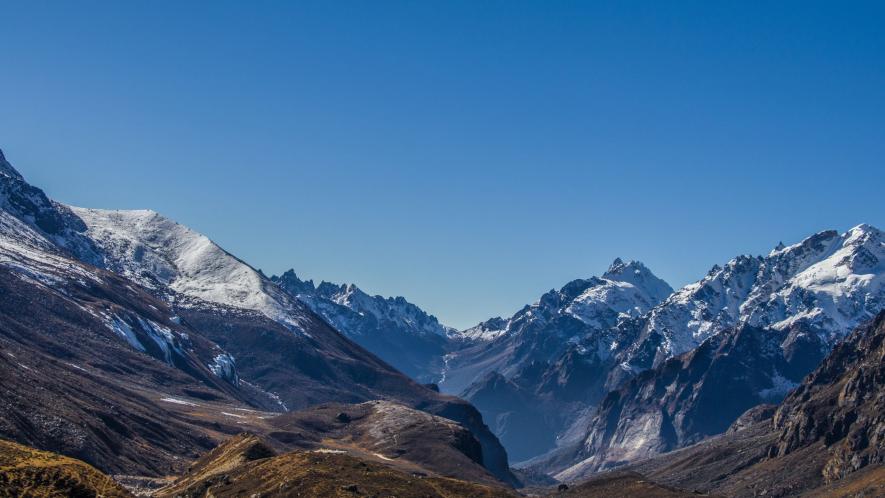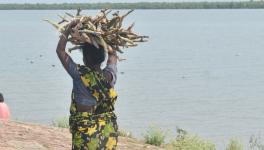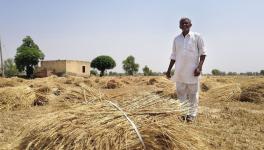India, HKH Neighbours to Face Hotter Summer Monsoon, Above-Average Rainfall: ICIMOD

Representational Image. Image Courtesy: Wikimedia Commons
Kathmandu/Patna: Although people in Delhi to Patna are keenly awaiting the arrival of monsoons, India and other neighbouring countries across the entire Hindu Kush Himalayan (HKH) region are likely to witness a hotter summer monsoon and above-average rainfall this year. This was highlighted in a report, The Monsoon Outlook, after an analysis of global and national meteorological agencies’ data by experts at the Kathmandu-based International Centre for Integrated Mountain Development (ICIMOD).
"The forecasts we’ve studied are unanimous in predicting a hotter monsoon across the entire HKH, with a trend toward higher-than-normal rainfall in major parts of HKH,” Arun Bhakta Shrestha, Senior Advisor at ICIMOD, told this reporter.
“Rising temperatures and more extreme rain raise the risk of water-induced disasters, such as floods, landslides, and debris flows, and have longer-term impacts on glaciers, snow reserves, and permafrost. Lower rainfall, meanwhile, particularly in water-stressed countries such as Afghanistan, may pose risks to food and water security in a country with already extraordinarily high levels of malnutrition," Shrestha, one of the authors of an ICIMOD report, said.
With floods, the leading cause of deaths and economic damage in the HKH, and close to three-quarters (72.5%) of all floods from 1980 to 2024 occurring during the summer monsoon season, ICIMOD experts warn disaster agencies and communities to brace for a possible rise in climate risks and impacts on societies, economies, and ecosystems.
Another expert Saswata Sanyal, Manager of ICIMOD’s Disaster Risk Reduction Work, said "Given the extremely high exposure and risks in our region, we urgently need impact-based early warning systems adopted at scale, and for government and donor support to build up disaster preparedness to increase."
According to the ICIMOD report, climate change by driving more intense rainfall, permafrost degradation, and glacier retreat that can trigger floods, landslides, and GLOFs (glacial lake outburst floods) – is the primary cause of the increasing frequency and magnitude of mountain hazards in the HKH region.
Temperature rise, combined with wetter monsoons, can also raise the risk of heat stress and waterborne disease outbreaks, such as dengue, experts say.
South Asia has been wetter than average in recent years, except 2023, a major report from the World Meteorological Organisation (WMO) issued last month confirmed. The organisation forecasts that this trend will continue until 2029.
WMO repeatedly emphasises the need for increased investment in climate services and early warning systems in the teeth of rapidly escalating climate risks, with a particular focus on building the capacity of national meteorological and hydrological services.
Of the total $63billion expenditure on climate adaptation, an estimated $4-5billion – less than one-tenth – currently goes on climate services and early warning systems, the organisation’s research shows.
“Worldwide, monitoring and prediction is playing an increasingly powerful role in safeguarding people and economic activity from rising climate risks,” said Shrestha.
“The Hindu Kush Himalayas is increasingly recognised as an epicentre of not just risk but also, given the huge population sizes here, of exposure – so it’s worrying that this is also a climate-data scarce region. We need the global climate banks and knowledge partners to work with national governments to bring more state-of-the-art forecasting tools to this region, to support the level of disaster readiness that will be able to save lives, and protect investments,” he added.
Summer monsoon is the major source of precipitation in the HKH region. It has significant impacts on both the hydrology of the region’s rivers as well as on the region’s hazard risk, with intense or prolonged exposure to monsoon rainfall a key driver of increased risks of flash floods, debris floods, landslides, and GLOFs.
The Monsoon Outlook is one of a series of climate products ICIMOD produces through which the organisation provides information and knowledge for decision makers, policymakers, media, and the public.
ICIMOD's annual HKH Snow Outlook, published in April, showed that 2025 stands as not only the third consecutive year of below-normal snow persistence in the region, but a 23-year record low of almost a quarter below normal. Low snow persistence, a SASCOF study shows, in the Northern Hemisphere (which includes the HKH) is likely to be found to correlate with strong monsoons.
Get the latest reports & analysis with people's perspective on Protests, movements & deep analytical videos, discussions of the current affairs in your Telegram app. Subscribe to NewsClick's Telegram channel & get Real-Time updates on stories, as they get published on our website.
























